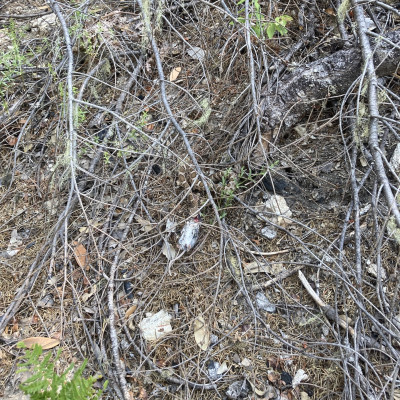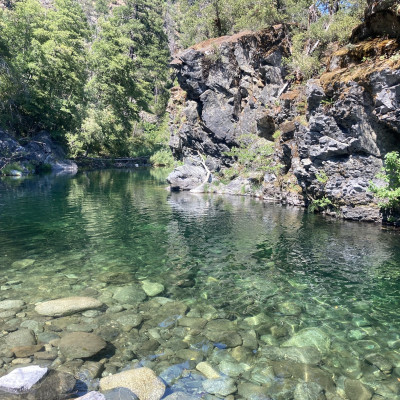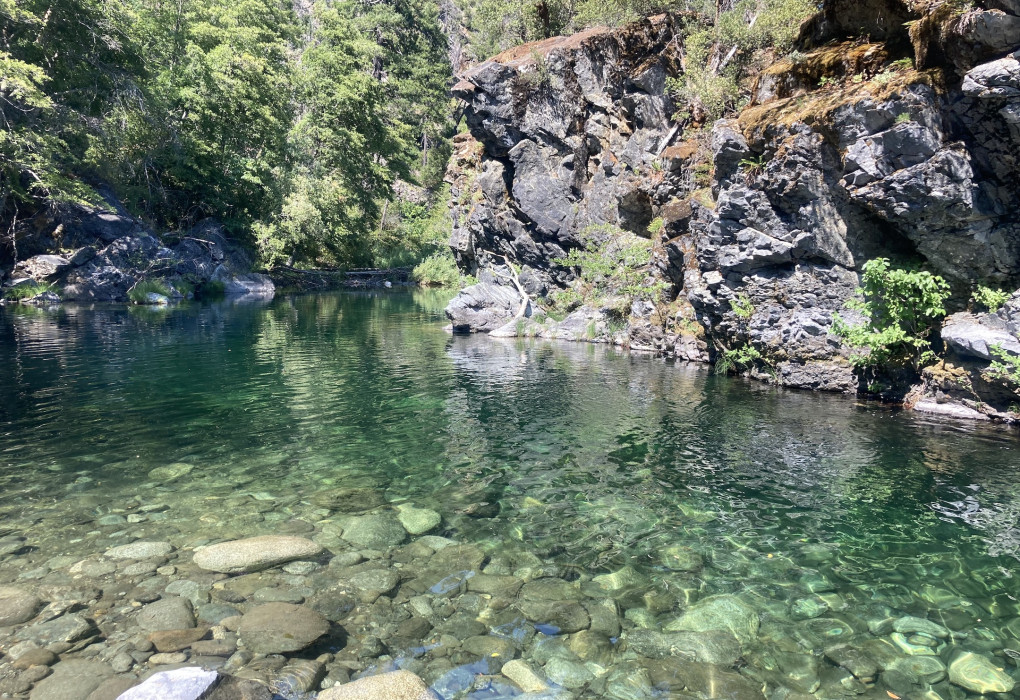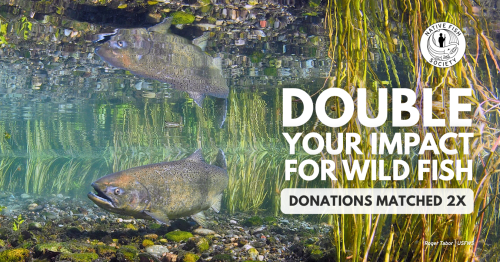StEELhead Discoveries Series - Part 3
*This is Part 3 of an ongoing series on the campaign to Free the Eel and efforts to better understand and revive the iconic steelhead in the Pacific Northwest by Native Fish Society Fellow Samantha Kannry. View all parts of the series HERE. Additional parts and updates will be posted over the next several months. Stay tuned!
~ ~ ~ ~ ~ ~
"The mid-Klamath watershed carries a certain mystique for those of us who have been visitors to the place. Katimin, at the confluence of the Salmon and Klamath Rivers, is the Center of the World for the Karuk Tribe. The mid-Klamath is in the heart of the highly biodiverse Klamath-Siskiyou Mountain Ecoregion, and its tributaries drain the Siskiyou, Marble Mountains, Russian, Red Buttes and Trinity Alps Wildernesses. Even in the driest of recent years, water has been seeping out of cracks and crevices in the steep serpentine and granitic soils, and feeding the deep, clear, canyon-lined pools that characterize the region. I have been waiting a long time for my work to take me to this majestic place.
The Klamath Basin Collaborative Partnership, a consortium of tribes, agencies, and local non-profits, has been conducting surveys to assess the population status of summer steelhead and spring Chinook for the past 30 years. They have developed an extensive dataset of population numbers in the mid-Klamath tributaries. Using their data for reference, we have begun collecting tissue samples of juvenile O. mykiss to investigate the distribution of summer and fall-run, and anadromous and resident-type fish around barriers in the various tributaries.
Our first trip to the mid-Klamath took us to one of our favorite creeks. It is the kind of creek to which you take your special person (or people), watch them delight in a cool dip in a lush canyon, bask on a warm, smooth boulder in the hot sun and revel in the grandeur of the fish and the mountains. It is also a creek where I once saw eight rattlesnakes on the trail - in the rocky riparian and in the creek - in one day. This time we only saw one rattlesnake, but it happened to be mid-snack on a mouse. It kindly suggested that we depart and leave it to its lunch, to which we agreed.
We also were lucky enough to come across a couple of pools with summer steelhead holding in them. There are few pleasures in life as grand as gliding through a cool pool on a hot summer day with ocean-going fish in them. We could have lingered with them for a long time, but we had little fish to catch. We encountered an abundance of juveniles nearly everywhere we looked. The area appears to be relatively productive for juvenile rearing. We look forward to learning more about these fish and locations from our future sampling and analysis efforts."
-Samantha Kannry


~~~~~
About the Author:
Samantha Kannry has been monitoring, studying, and swimming with summer-run steelhead in the Eel River and other rivers of Northwestern California for the past thirteen years. She joined NFS as a volunteer in 2015, then became a fish genetics fellow in 2020.
While it has been clear to the native peoples of the region since time immemorial that summer-run steelhead and the congeneric spring Chinook are separate populations, not everyone else sees it so clearly. Her research has focused on using conservation genetic tools to elucidate the distinction between summer and winter-run steelhead.
When not minking (a combination of hiking, swimming, snorkeling, sliding, shimmying, and boulder jumping) down rivers, she is usually growing and eating fruit, moving manure at Caudal Fin Farm, or bike touring distances large and small. All working towards re-establishing the inherent continuity between rivers, land, and people.
Read StEELhead Discoveries Part 1 & 2 HERE.



